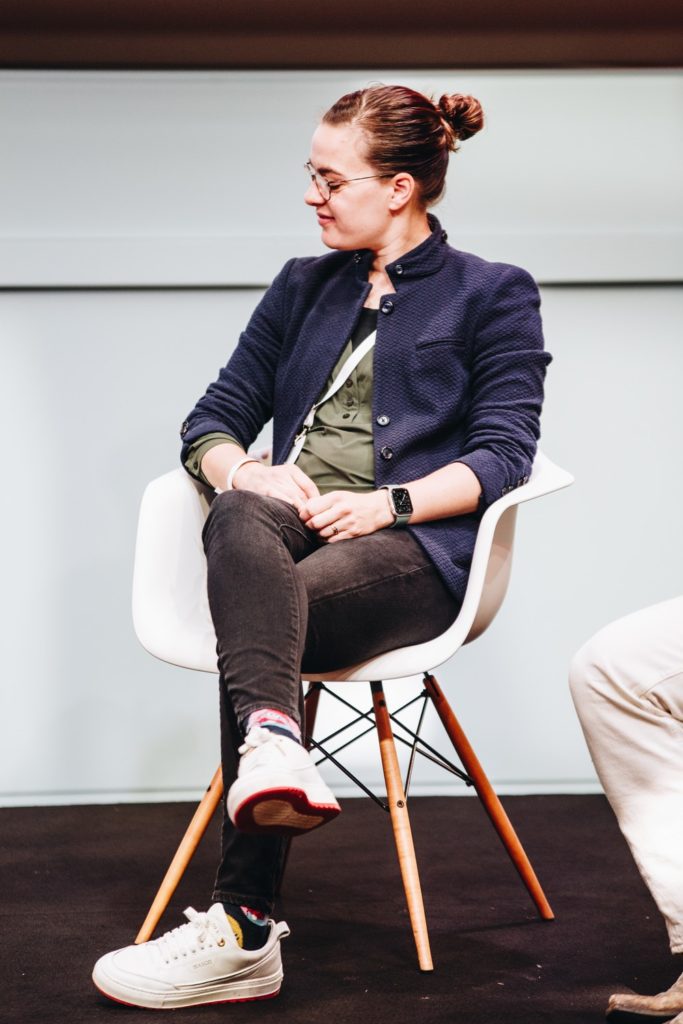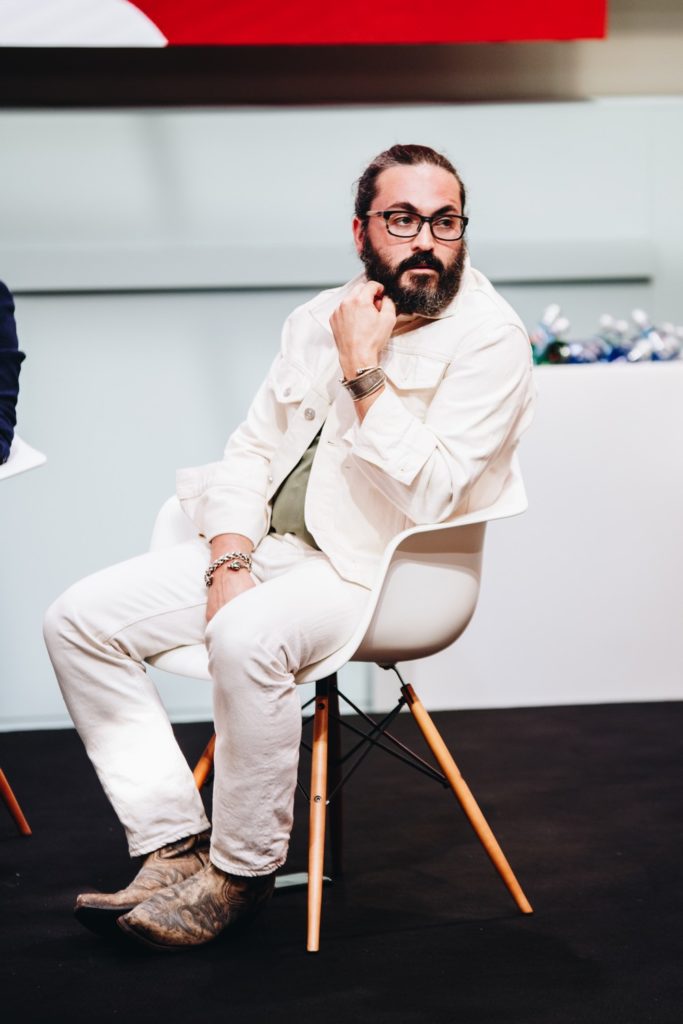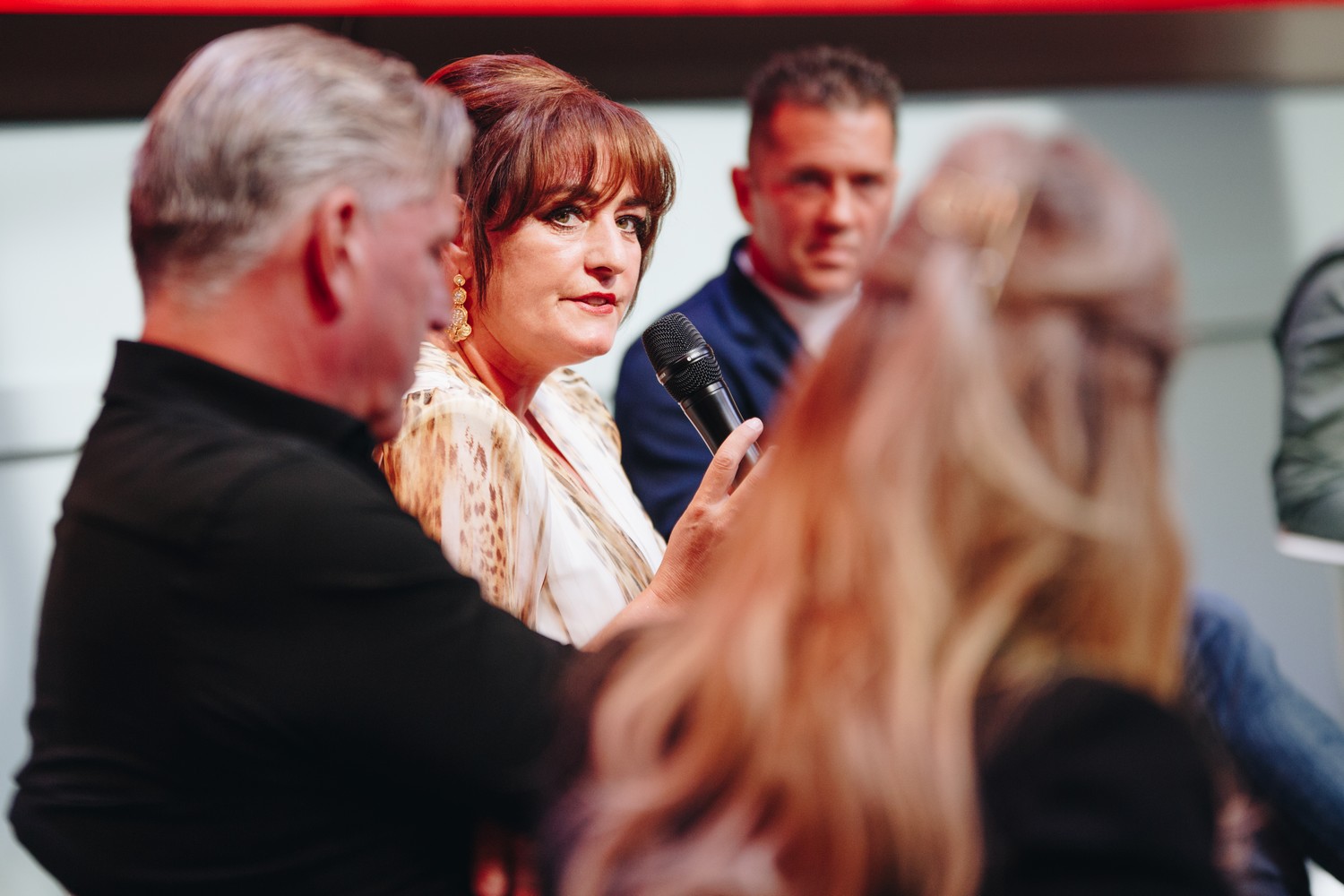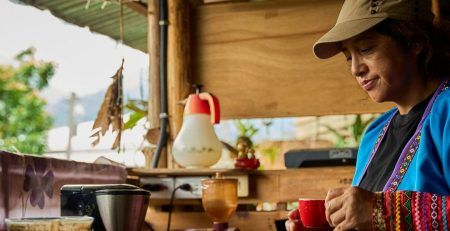“We took something from everywhere, but we have respect for our own region”. Dutch gastronomy – is it really that creative and open-minded?
Our guests were Jonnie and Thérèse Boer from De Librije – Jonny Boer is the head of the three-star restaurant in Zwolle and he runs it together with his wife Thérèse, who is also a master of wine; Jan Jacob Boerma – one of the most cosmopolitan chefs, he is the head chef of The White Room; Soenil Bahadoer – he was 8 years old when he moved to The Netherlands. In 1995 he started the restaurant De Lindehof; Marleen Brouwer from De Loohoeve, which she leads with her husband Jeroen, and last but not least, Joël Broekaer, famous Dutch culinary journalist and critic. He travels around the world; he dines in the chicest starred restaurants.
What is typically Dutch in gastronomy?
Our guests said that for them what’s typically Dutch in gastronomy now is where their representative products are used and the fact that chefs have knowledge of these products. Jonnie and Thérèse Boer always chose supplies from their region. This theory has also been confirmed, by Jan Jacob Boerma. He said that ingredients from local small suppliers are becoming more and more popular, and Dutch chefs are actually increasingly supporting them. He also pointed out that there are many special, local things. He said Holland could be, for example, proud of their fish, seafood or tomatoes.
Dutch gastronomy – how did it start?
Jonnie Boer said when he had started as a chef, more than 30 years earlier, Dutch gastronomy was actually French. Over the years, it has developed into something of multicultural gastronomy. But he pointed out that right now it is very Dutch indeed.
The ingredients and flavours not only from the Netherlands
Soenil Bahadoer describes himself as having two cultures. He grew up in the Netherlands, but also knew Indian cuisine from his parents. He often prepares something from Dutch cuisine, from local products but he makes a different kind of taste with it. To sum up, he thinks that we need to have respect for the Netherlands’ gastronomy and products, but most chefs around make different kinds of dishes with it. He thinks they use many flavours from the Netherlands, but a lot of times – along with flavours from other cultures.
Are there any different trends in small villages?
Marleen Brouwer has her restaurant in a village with 300 people, so this question was directed at her. She said that it is the same as in the whole of the Netherlands’ gastronomy. The main product on the plate is from the region or it is from Holland. “We use all the types of vegetables. Normally we use it from our own garden. I think it’s a trend, too, because everyone wants something that’s well regional.”
She is also a representative of the younger generation. She tells other young people not to be afraid to take on a challenge. The Dutch Kitchen needs new chefs to develop it further, also in smaller villages.
Dutch gastronomy – what exactly is it?
Jan Jacob Boerma said he didn’t think they truly had Dutch cuisine. He explains they were travelling around the world and taking over certain products, ingredients, and styles from other places.
On the other hand, Joël Broekaer notes that because the Netherlands’ gastronomy didn’t have those deeply rooted culinary traditions, it was more flexible in adopting new styles. “We don’t have any burden,” said Joël. “This colonial tradition we have is slowly starting to get through to the highest culinary levels.”
Evolution in Dutch Gastronomy
Today, Dutch cuisine is experiencing great growth. Jonnie Boer said he noticed even the mid-range restaurants were of a very high standard. “We have made a revolution in Holland, because now we have real food, real flavours on the plates,” said Soenil Bahadoer.
What is more, our guests note that Dutch cuisine is beginning to be appreciated around the world. Our guests also discussed the importance of social media and the future of Dutch cuisine.
If you want to hear the whole interview, watch the whole recording:



























